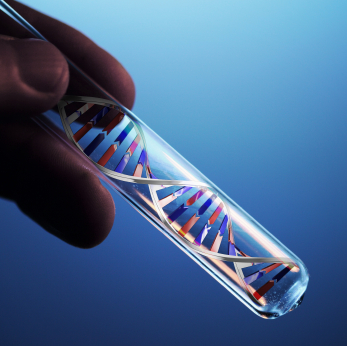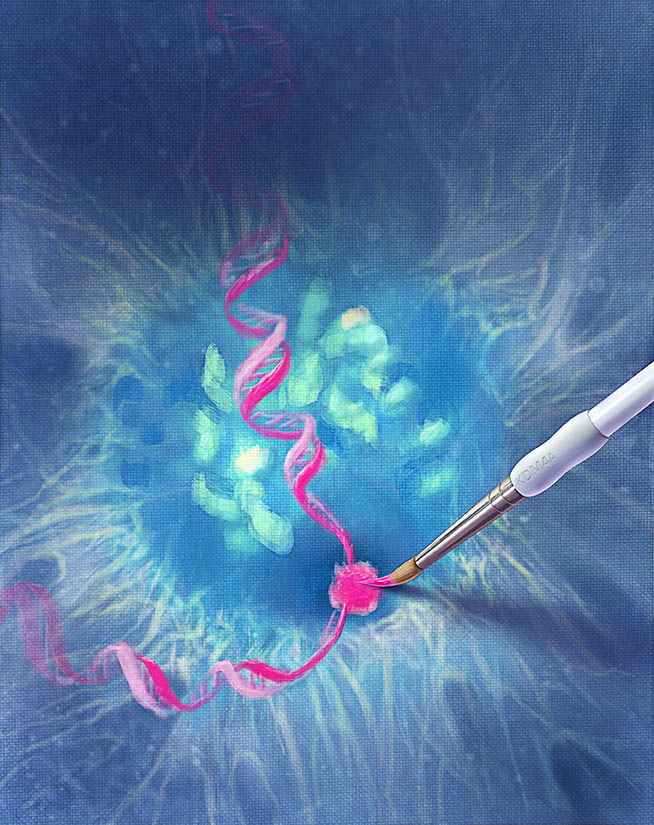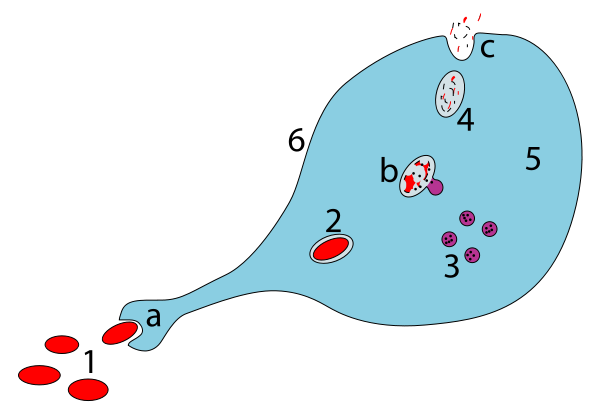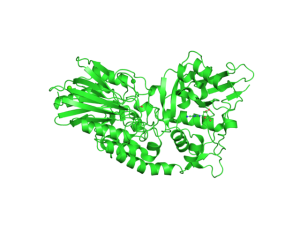
Dr. Drew M. Pardoll, Johns Hopkins University School of Medicine in Baltimore, in his 2012 review, “The blockade of immune checkpoints in cancer immunotherapy” published in Nature Reviews Cancer (1) writes:
“The myriad of genetic and epigenetic alterations that are characteristic of all cancers provide a diverse set of antigens that the immune system can use to distinguish tumour cells from their normal counterparts.”
Tumors have antigens, so we should be able to address/attack these antigens with our immune system, right?
Various immune mediators as therapeutic agents against cancer have entered and mostly flopped in clinical trials over the past 30 or more years. As a graduate student in the 1980s I remember IL-2 and interferon raising many hopes. More recently, drugs against chronic myeloid leukemia and CLL have shown early promise. However, so far cancer cells have mostly won against these therapies. Yet recent news points to some exciting new therapeutic agents, that over the past 15 years or so, and in and out of clinical trials, are getting a leg up in the cancer battle. These drugs are immune checkpoint inhibitors.
Continue reading “Immune Checkpoint Inhibitors: Has Cancer Met its Match?”
 We all know that a healthy lifestyle (diet high in whole foods and low in fat, moderate exercise, managing stress and good social support) is good for us. In fact I will go so far as to say that it isn’t even news that these things help our health and well-being. What is news, or at least newly published, is that these changes may also have a positive effect on telomerase activity and telomere length (1).
We all know that a healthy lifestyle (diet high in whole foods and low in fat, moderate exercise, managing stress and good social support) is good for us. In fact I will go so far as to say that it isn’t even news that these things help our health and well-being. What is news, or at least newly published, is that these changes may also have a positive effect on telomerase activity and telomere length (1). 





